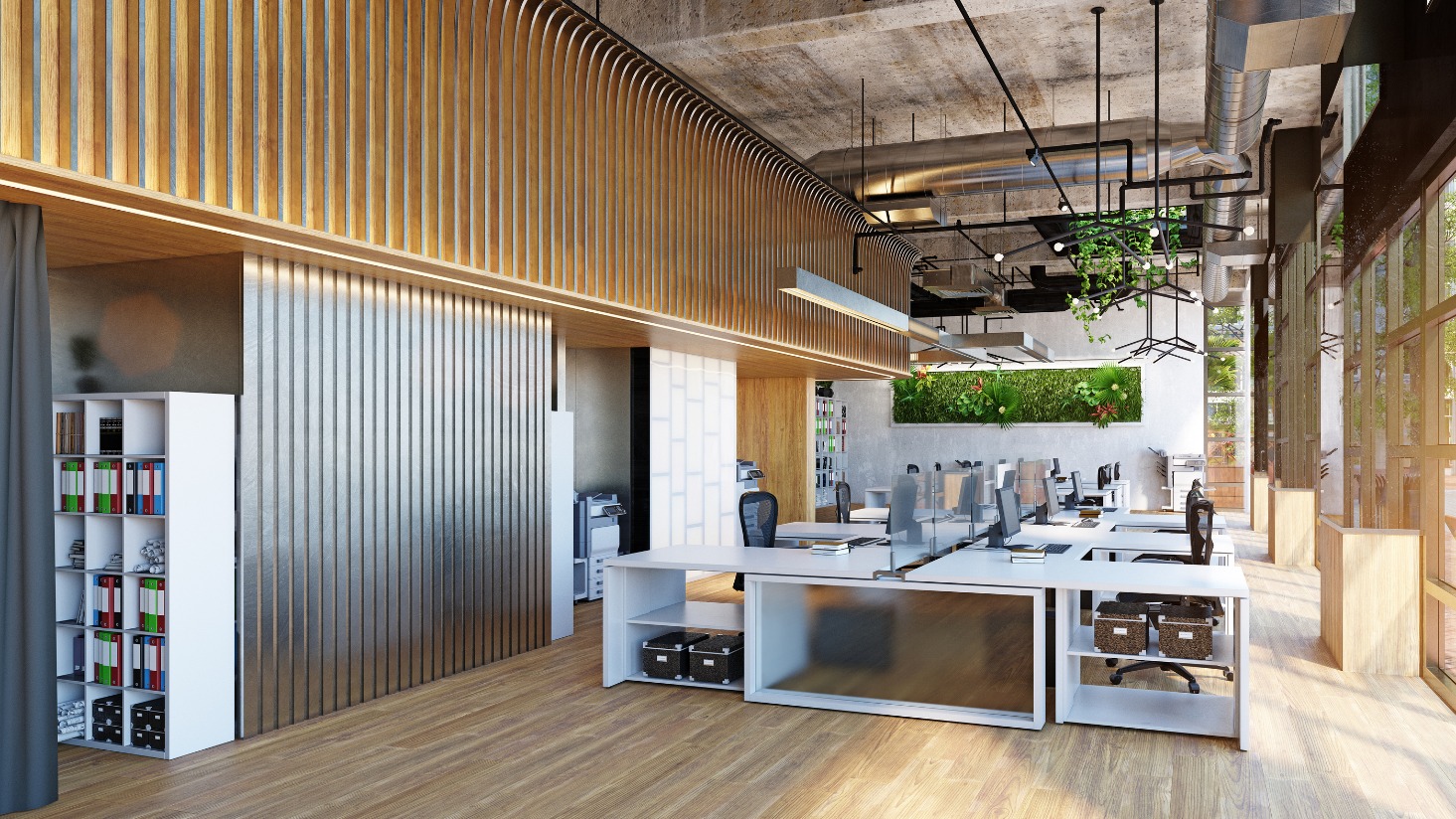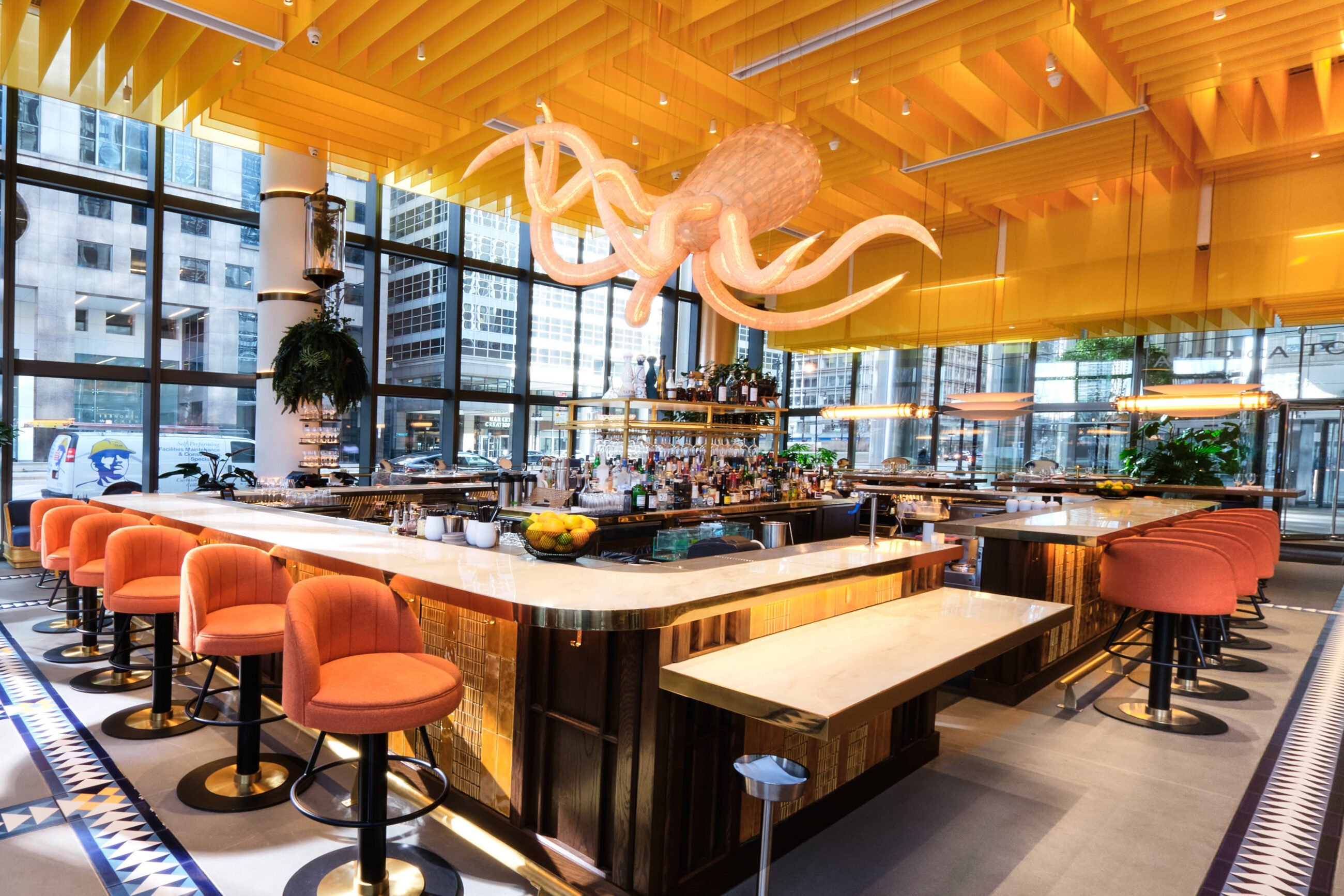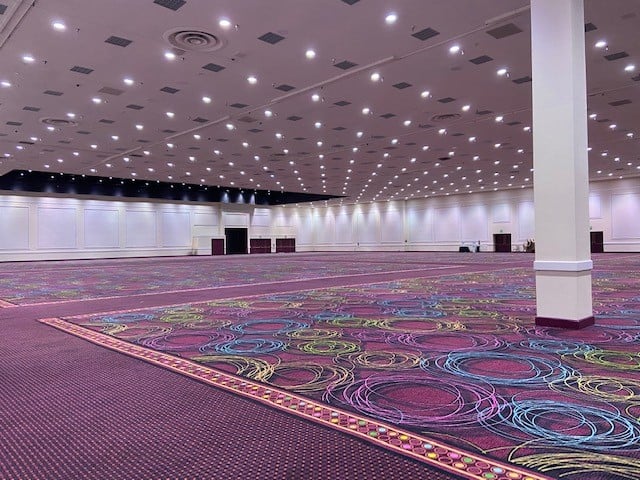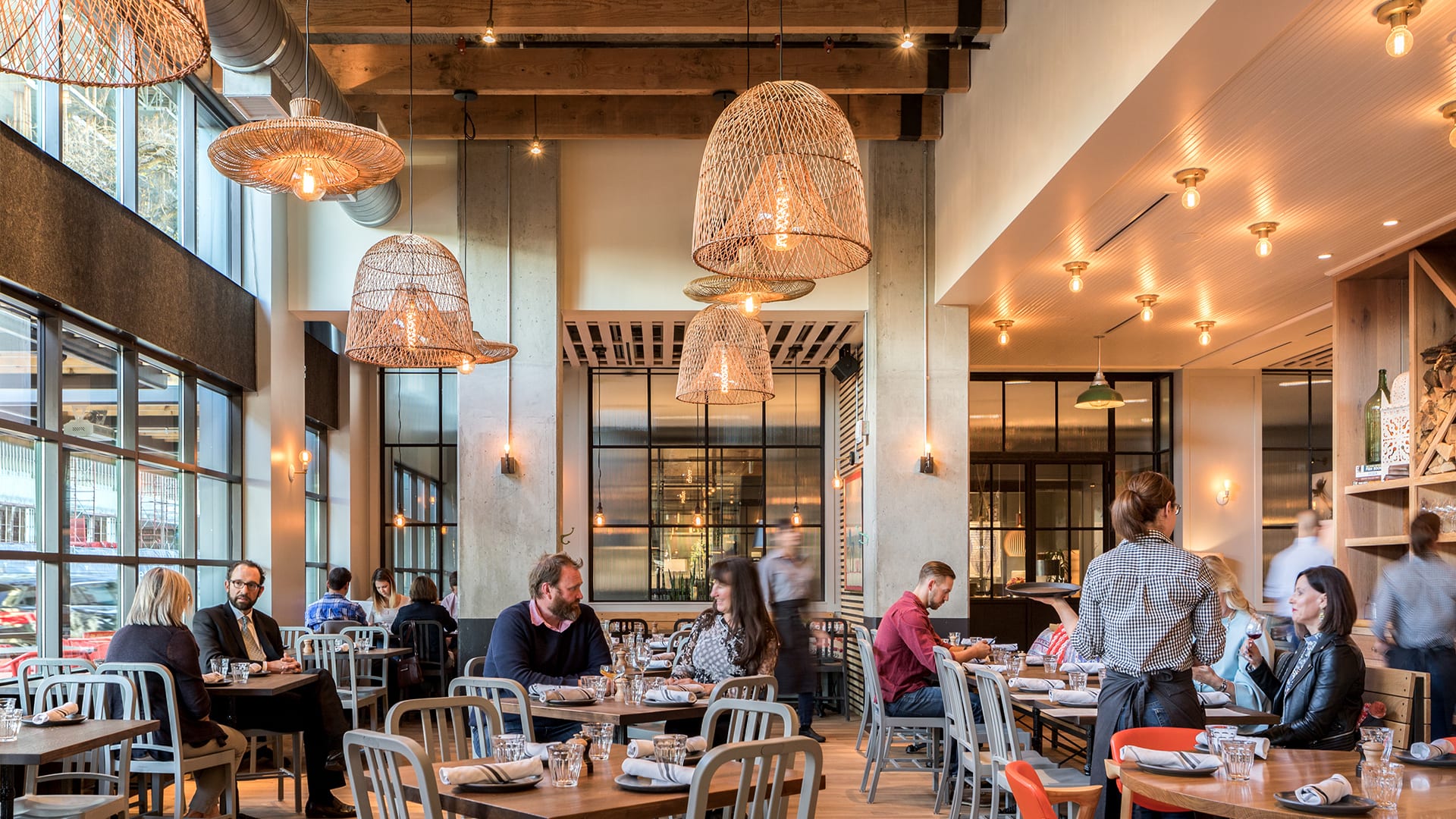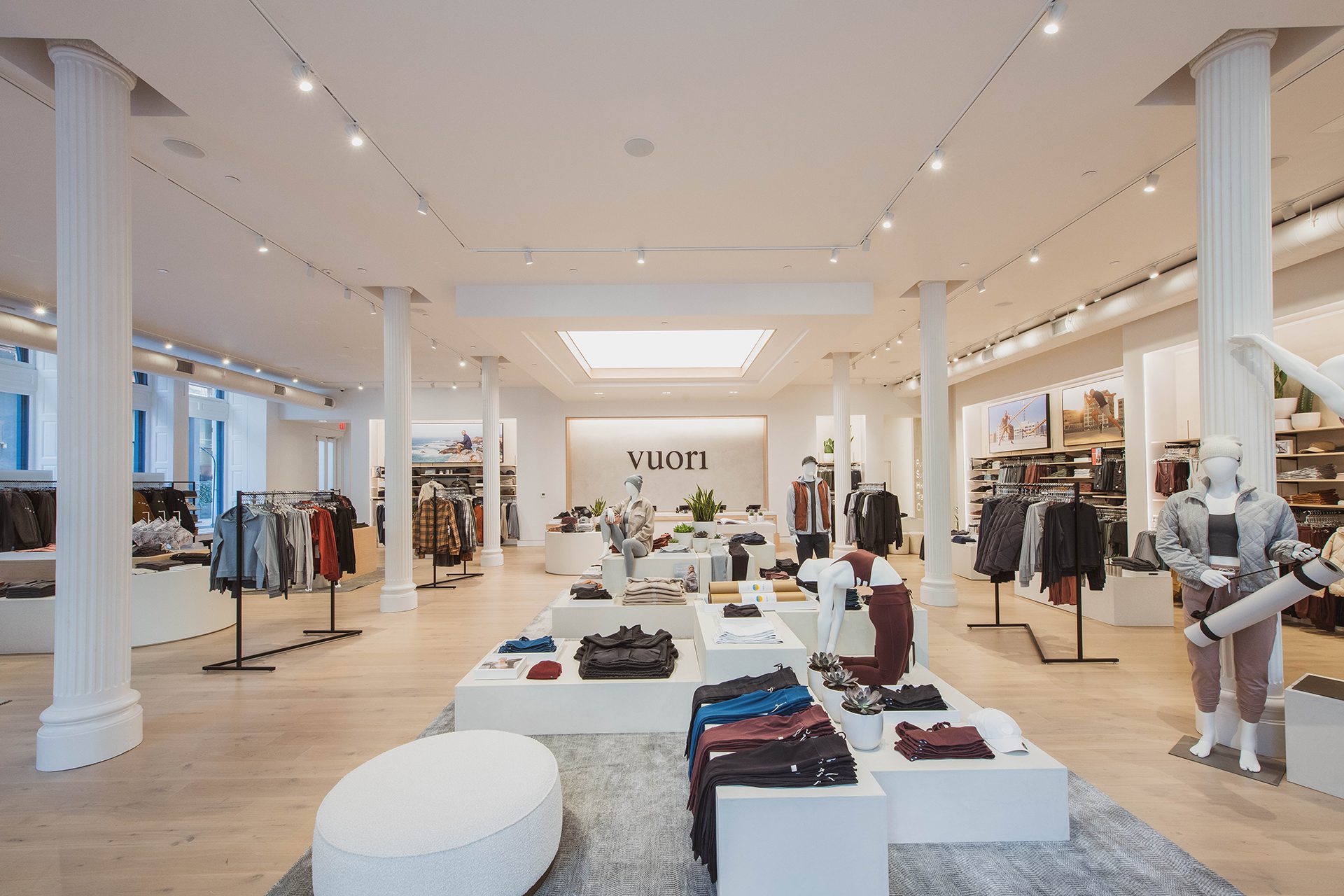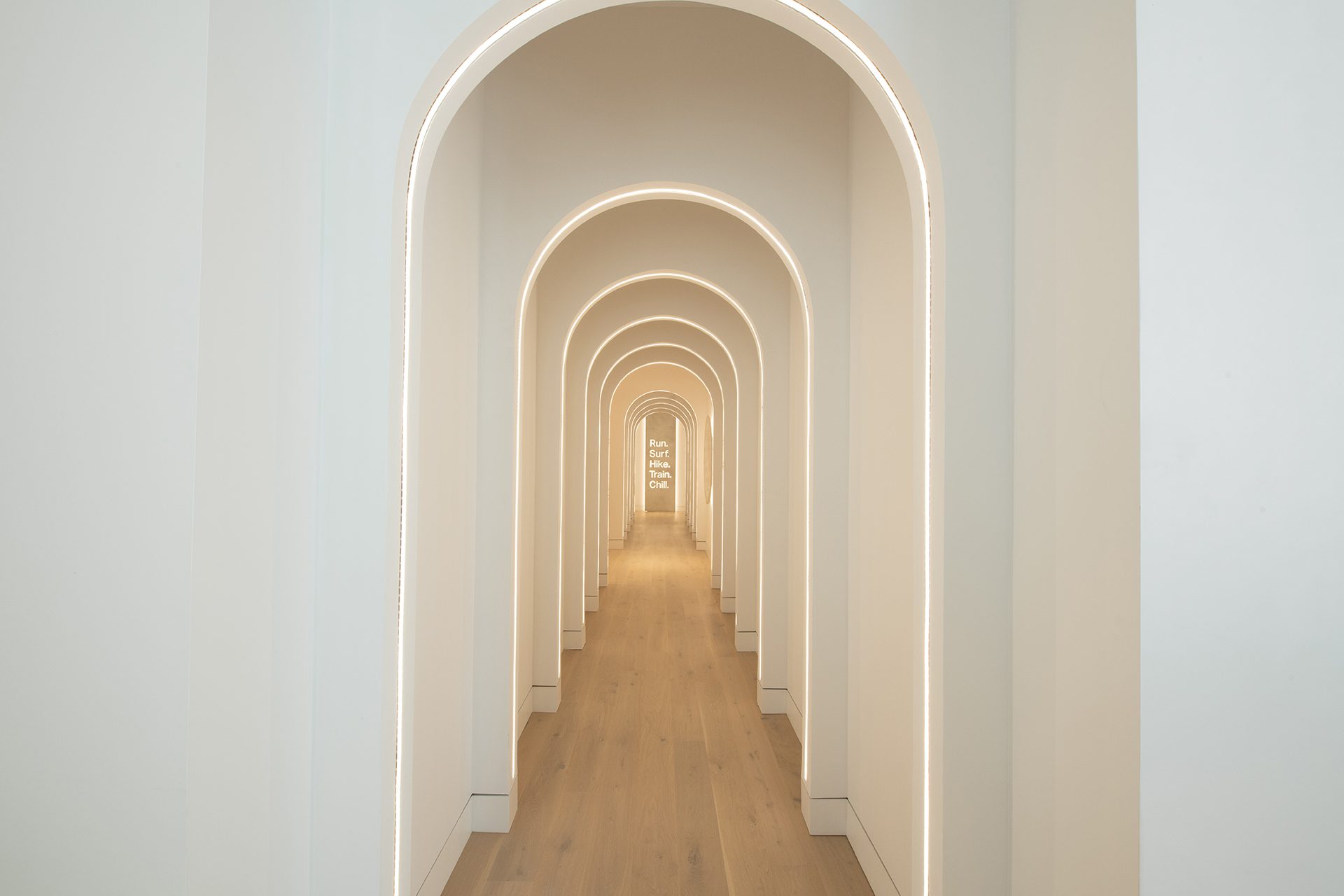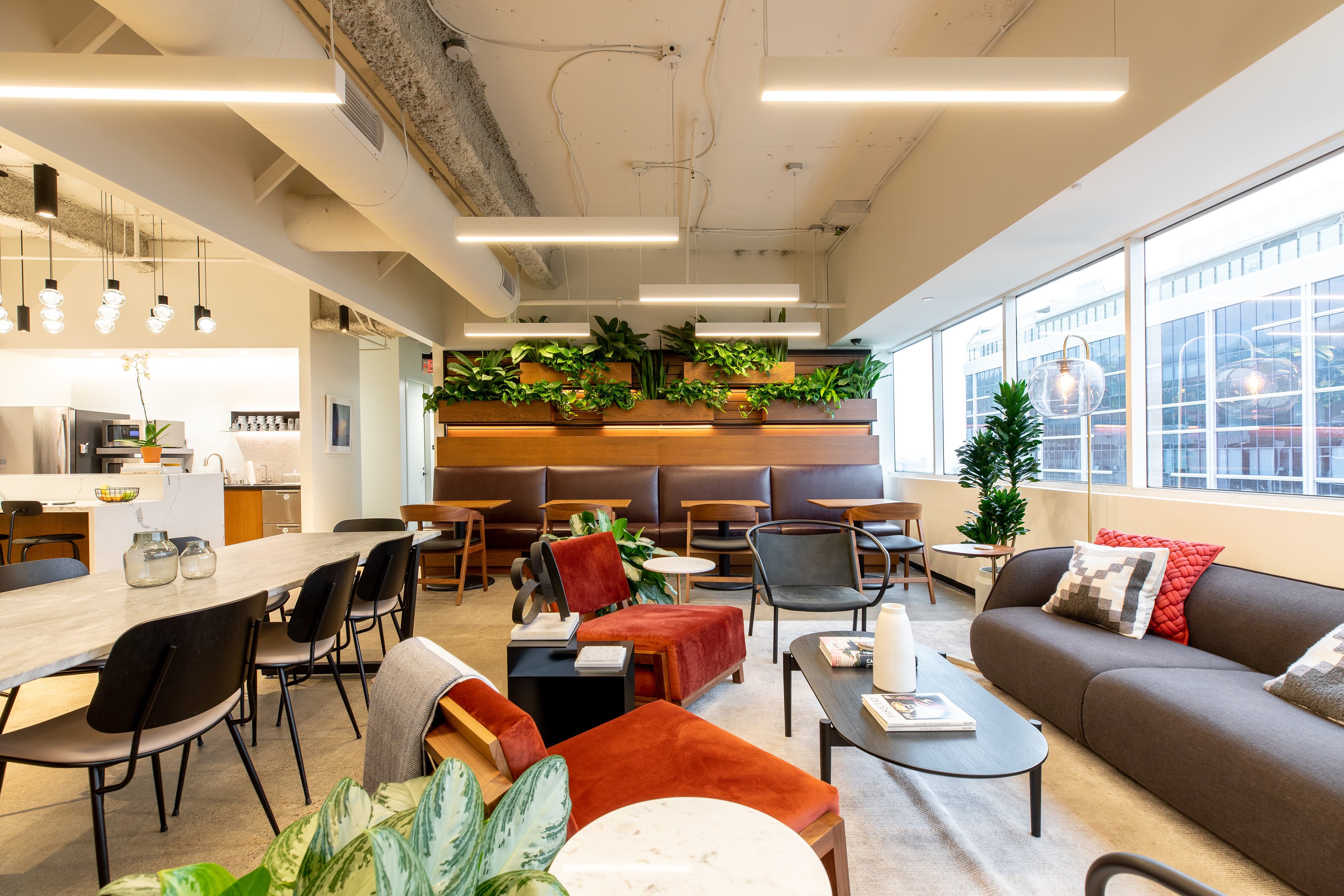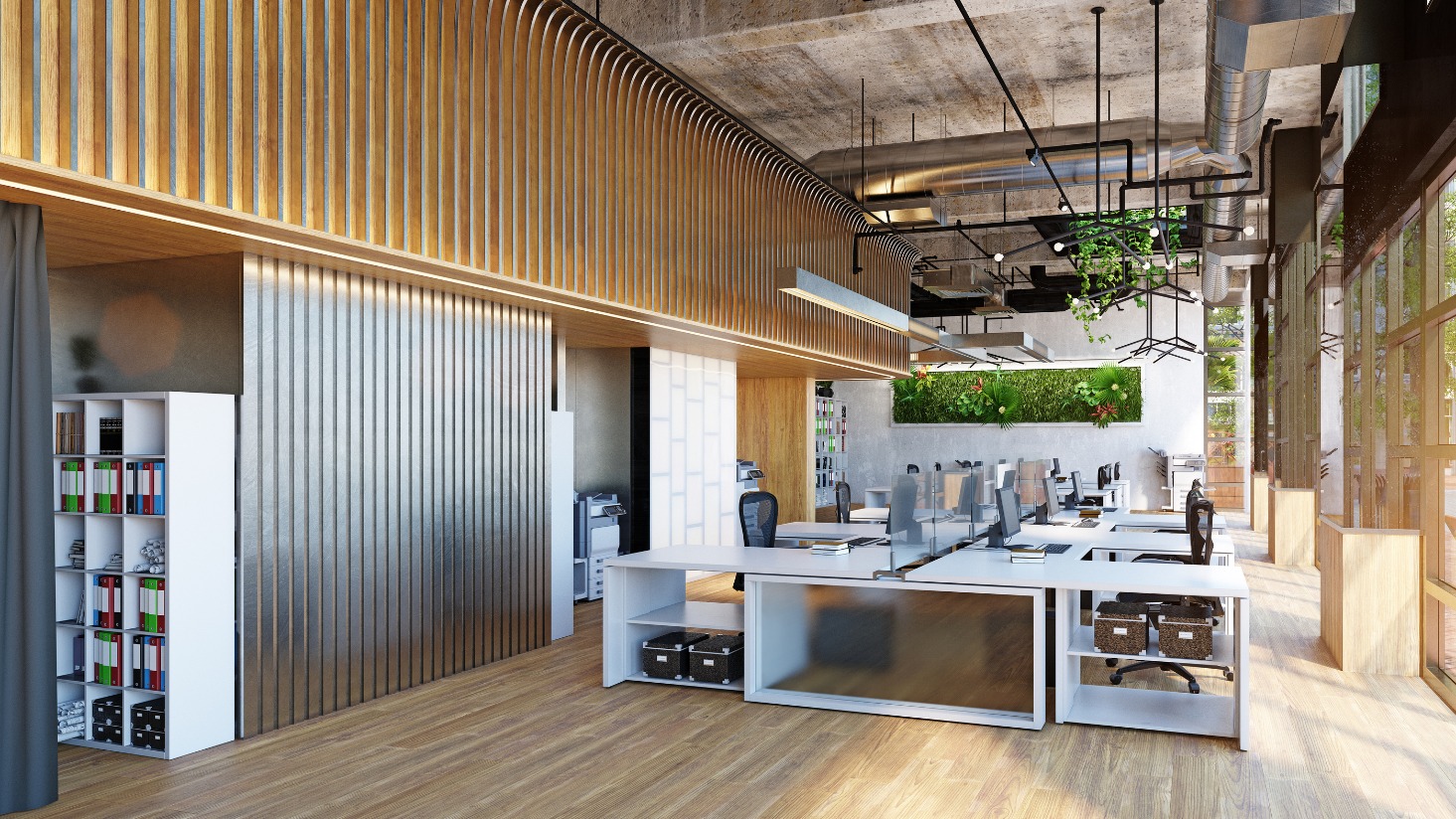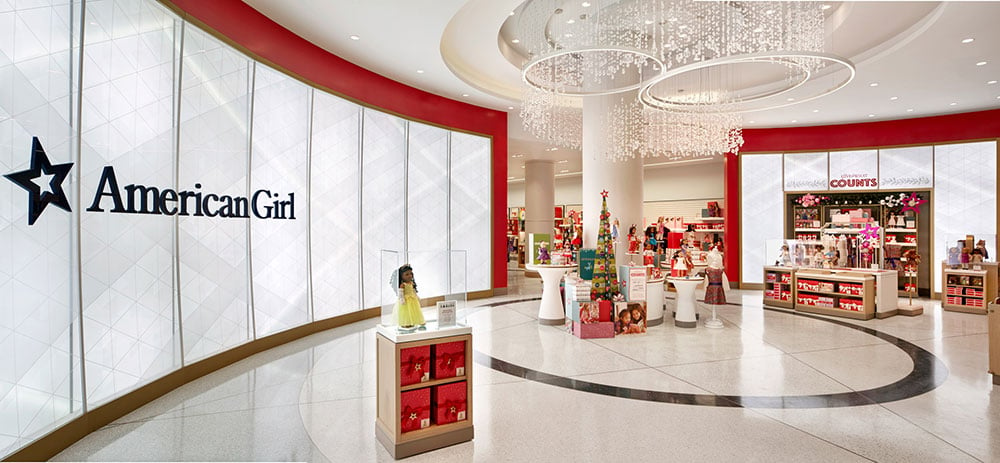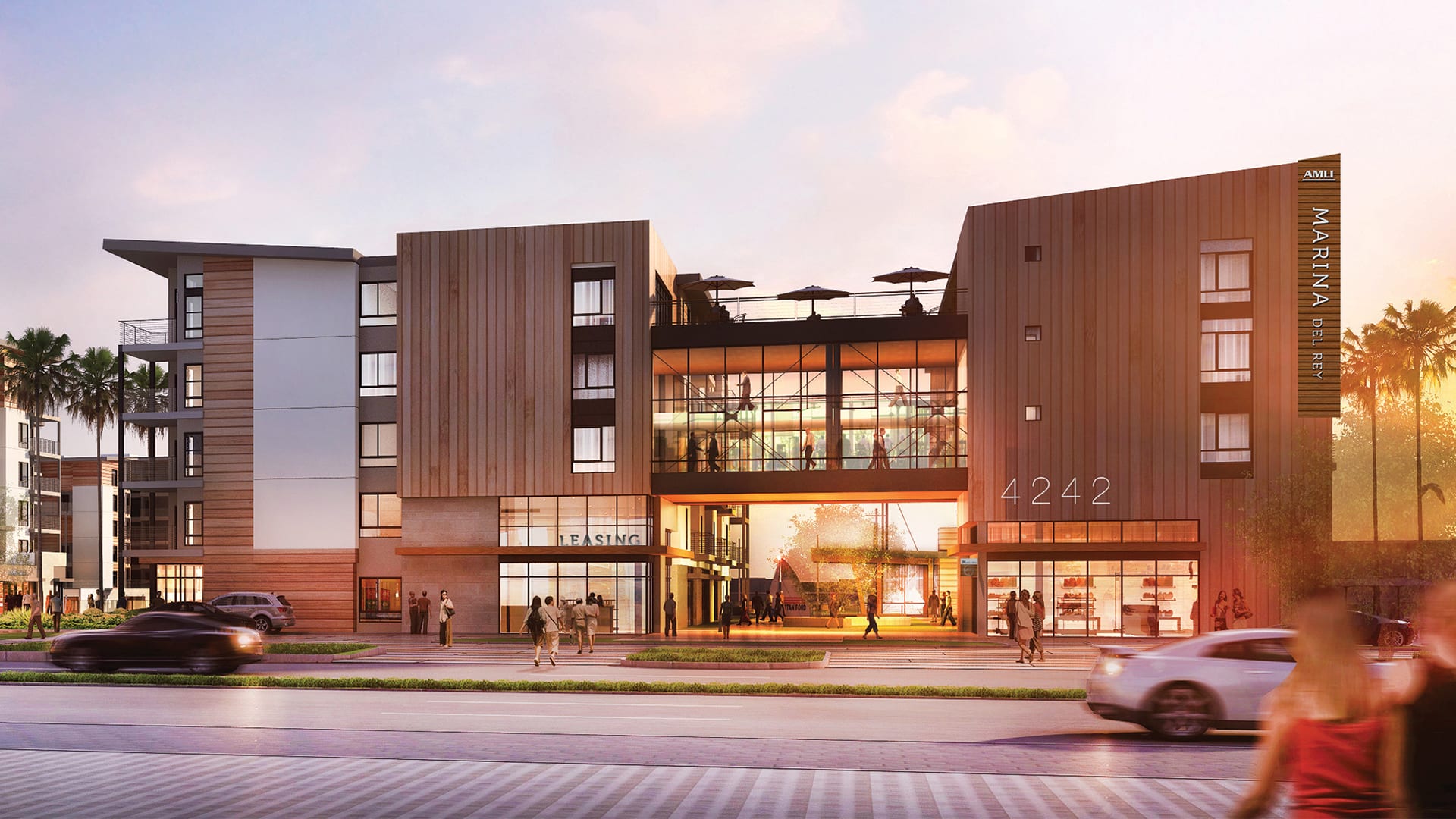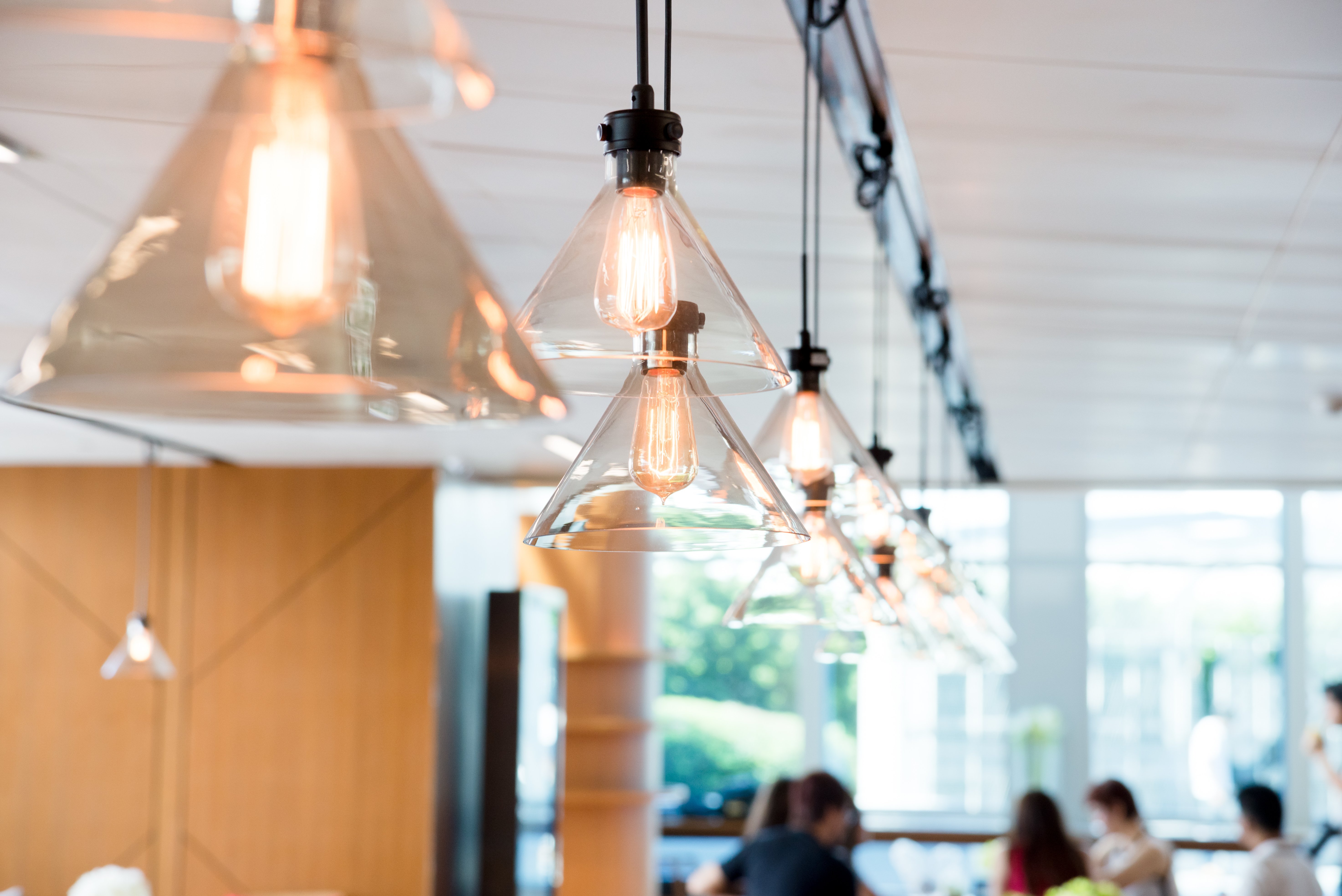How design-build firms can reduce lighting headaches
Design-build construction firms offer a great value for real estate owners and developers. They are organized around the idea that if you have a single company responsible for the design of a construction project and the ultimate delivery of the final build, you experience benefits like a simpler process, tighter collaboration, and more efficiencies in construction.
There are design-build firms that have done some high-profile and high-quality builds, and there’s a reason that many developers and owners choose this route.
Interestingly, we still hear as consistently from design-build firms as others that lighting is one of the most difficult trades. Since lighting is our thing, we thought we’d offer some practical tips for how to avoid headaches so that design-build firms can enjoy even more efficiency in their process.
The design-build firm structure
In general, a design-build firm is organized with a pre-construction team and a delivery team. The pre-construction team still incorporates a project manager, but they are working with architects, interior designers, and engineers in the early phases of a project. This will include schematic design and design development where the project goes from concepts to concrete plans.
The pre-construction project managers are unique because they act as a sort of bridge between the planning phases and the delivery phases. They’re keeping an eye on the practical implications of the design as it’s coming together.
Once construction documents are ready, the delivery team takes over and begins the build process. The idea is that the pre-construction team sets the delivery team up for success in the way they planned out the project, and if any questions come up, they’re on the same overall team.
Why lighting is a difficult trade and what to do about it
The design-build model brings significant efficiency, but the reality is that lighting can still be a mess. Maybe the lighting was specified by an engineer and the delivery team isn’t happy with the pricing when the final subcontractor bids come in. Or maybe the lead times weren’t factored in by a lighting designer early in the project and the delivery team is staring down possible delays.
Another area that can pose a challenge to the pre-construction team is cost-per-square foot limits. These limitations can cause an architect (in house or third party) to feel like their hands are tied on the creative side of a project, and when lighting is an unknown, that can add to the overall uncertainty.
One final area of challenges with lighting involves controls and commissioning. No one likes to come down to the end of a project with controls compatibility issues, performance problems, or uncertainty on who is commissioning. These are the types of problems that clients remember.
Here are two practical tips for avoiding construction delays and issues from lighting.
1. Make sure the lighting design and supply teams talk
The reality with lighting is that the earlier you can loop in the team supplying the lighting, the less likely you are to have budget or lead time surprises. Having tight communication between the lighting design team and the lighting supply team allows you to factor in critical price points and milestones early so that there are fewer instances where plans need to be changed or updated.
Practically speaking, if your engineer is specifying general lighting for rooms and corridors, there’s no reason you can't talk through pricing early. Similarly, if you have a lighting designer calling for a decorative feature-fixture in a lobby, the supplier can reach out for pricing and lead times or even research similar options.
Ideally, you want the design team to have as many specifics as possible with costs and lead times so they can maximize and be strategic about how they apply their creativity to a job.
Related: Why the fixture schedule could be causing project delays and RFIs
2. Make sure your lighting design team is available throughout the whole project
Once you’re in the delivery phase of a project, it’s inevitable that questions or unforeseen challenges will come up. When this happens, make sure your lighting design team is available to support the construction team.
The reason this makes a difference is that you want any product swaps or reconfiguration to uphold the design intent on a project. What you want to avoid is a change made in the construction phase that degrades the aesthetics on a space.
Another benefit to having lighting experts available late in a project is having clarity and support on commissioning lighting systems. Final commissioning is a critical phase in the client’s experience on a project, and you want the team supporting you to make you shine (sorry for the pun, sometimes we just can’t help it).
How design-build and lighting teams work best together
The concept of a design-build team is one that we understand well because our lighting design studio is a part of a lighting supply company. We have the capabilities of any other lighting design studio, but we add the benefit of being able to work with project managers on our team who deal with procurement, logistics, and project delivery.
This unique structure allows us to support the pre-construction team with lighting design while also offering firm pricing and lead times each step of the way. On the flip side, it also means that our project managers have direct access to the lighting designer who worked on the project at any point during the delivery phase.
Design-build firms bring efficiency to the complete construction process, so we recommend structuring your lighting partner(s) with that same efficiency in mind. And if you have a project coming up that you’d like for our team take a look at, don’t hesitate to reach out.
Read next: When to bring in a lighting designer on a project



